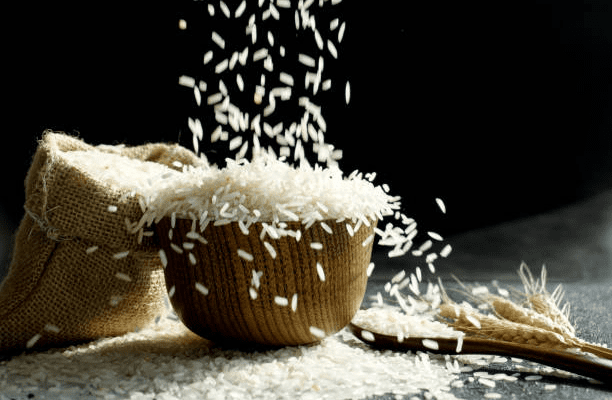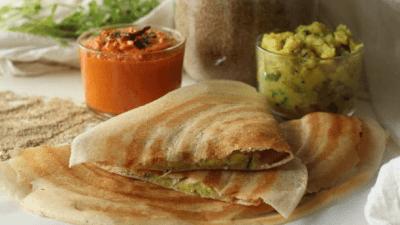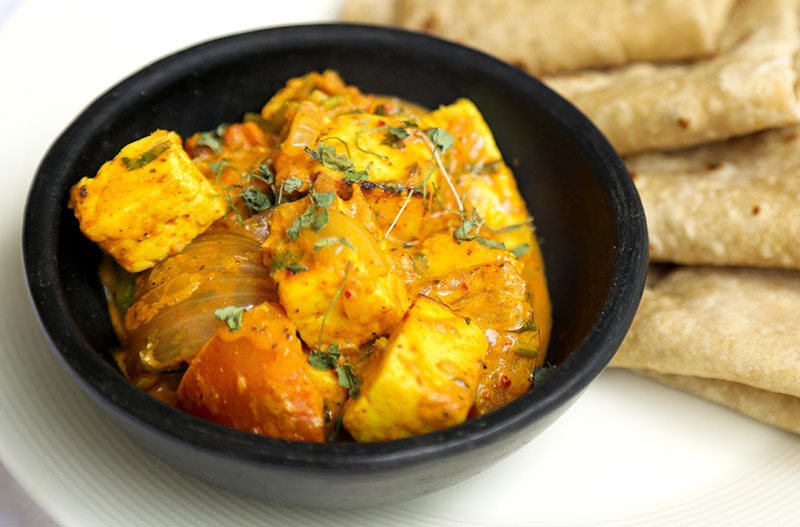Indian heirloom grains have attracted attention in recent times, and this signifies a global trend towards healthy and sustainable eating. Once upon a time, they were the staple diet in Indian homes, but a return to natural foods has brought them back into fashion. Millets, amaranth, and sorghum are some of the Indian heirloom grains that are not just about sustaining tradition; these are nutritional powerhouses that provide various health benefits. To broaden your menu and bring yourself closer to ancient Indian tastes, take an enlightening trip through Indian heirloom grains.
A Brief Account of Indian Heirloom Grains

India is renowned for cultivating numerous types of cereals over centuries, which could qualify as “heirloom” or “ancient.” These crops formed the backbone of agriculture in this country because they could withstand the harshest weather conditions while still providing food value. However, with the Green Revolution and subsequent focus on high-yielding varieties such as wheat and rice, many traditional cereal crops got marginalized.
Finger millet (ragi), pearl millet (bajra), and sorghum (jowar) are examples of such heirloom grains in India that have been cultivated for thousands of years. They form part of ethnic Indian cooking in different regions, with recipes being passed down through generations. The revival of Indian heirlooms goes beyond conservation of agricultural biodiversity; it is a way of taking back possession of one’s culinary heritage that also nurtures rather than destroys.
Old-World Crops from India offer health benefits.
Another reason why people now pay more attention to Indian heirlooms is their rich nutrient profile. When compared to their refined counterparts, these ancient grains contain fiber, vitamins, minerals, and antioxidants, among other vital nutrients. For instance, finger millet contains calcium, making it best suited for good bone health, especially for children and the elderly. Similarly, amaranth has high protein content and contains all nine essential amino acids, making it a complete source of protein and ideal for vegetarians and vegans.
Additionally, Indian heirloom grains are naturally gluten-free, so they can become a choice for individuals suffering from celiac disease or gluten intolerance. Moreover, these grains have a high fiber content that improves digestion, regulates blood sugar levels, and supports heart functions. If you include ancient grains in your daily ration from India, it will not only help with better bowel movements but also offer better treatment options for several chronic conditions.
Cereal crops and sustainable farming
Beyond their nutritious qualities, Indian heirlooms are vital in promoting sustainable agriculture. These traditional cereal crops tend to be more resistant to climate change as compared to modern high-yielding varieties since they need little water or agrichemical inputs. This makes them environmentally friendly, especially in drought-stricken regions where soil degradation is evident.
Furthermore, by cultivating heirloom grains, farmers are also conserving rich agricultural knowledge and genetic diversity. Growing these ancient foods contributes to food security by ensuring that future generations have a wide range of crops at their disposal. Therefore, supporting the return of Indian heirloom grains implies moving towards a more sustainable and resilient food system.
How to Incorporate Indian Heirloom Grains into Your Diet

Making Indian heirloom grains a part of your everyday meals is not as difficult as it seems. You can substitute many of these for recently bred wheat or rice in traditional dishes. As a case in point, you can utilize finger millet flour to prepare healthy rotis or dosa, while pearl millet serves as an alternative to rice in pilafs and salads. Amaranth could be incorporated into soups, stews, and porridge, which makes it a good choice for your hearty breakfast.
It also opens up new culinary possibilities when you experiment with ancient Indian grains. For instance, making jowar upma, which is savory, or ragi halwa, which is sweet, among others, provides room for flexibility and complexity in flavor, resulting in better cooking results. Still, eating such foods promotes awareness about Indian cultural heritage passed down through food customs, in addition to the nutritional value credited to these cereals.
The Nutritional Power of Indian Heirloom Grains
There is an increasing realization of the health and environmental benefits brought about by ancient grains, and this has led to renewed interest in reviving Indian heirloom grains. They are therefore the perfect fusion between nutrition, sustainability, and cultural heritage; hence, they should always form part of one’s diet plan. By embracing Indian heirloom grains, you will not only nourish yourself with foods full of nutrients but also support farming systems that live in harmony with nature, a prerequisite for a sustainable world.
For more on the rich culinary traditions of India, look out for restaurants where traditional meals prepared using organic ingredients are served by downloading the HOGR app now! It is through HOGR that you can get tastes of ancient India right at your table since it helps you find original food experiences all over India!
Also Read- India’s Ancient Grains Beyond Rice and Wheat
















